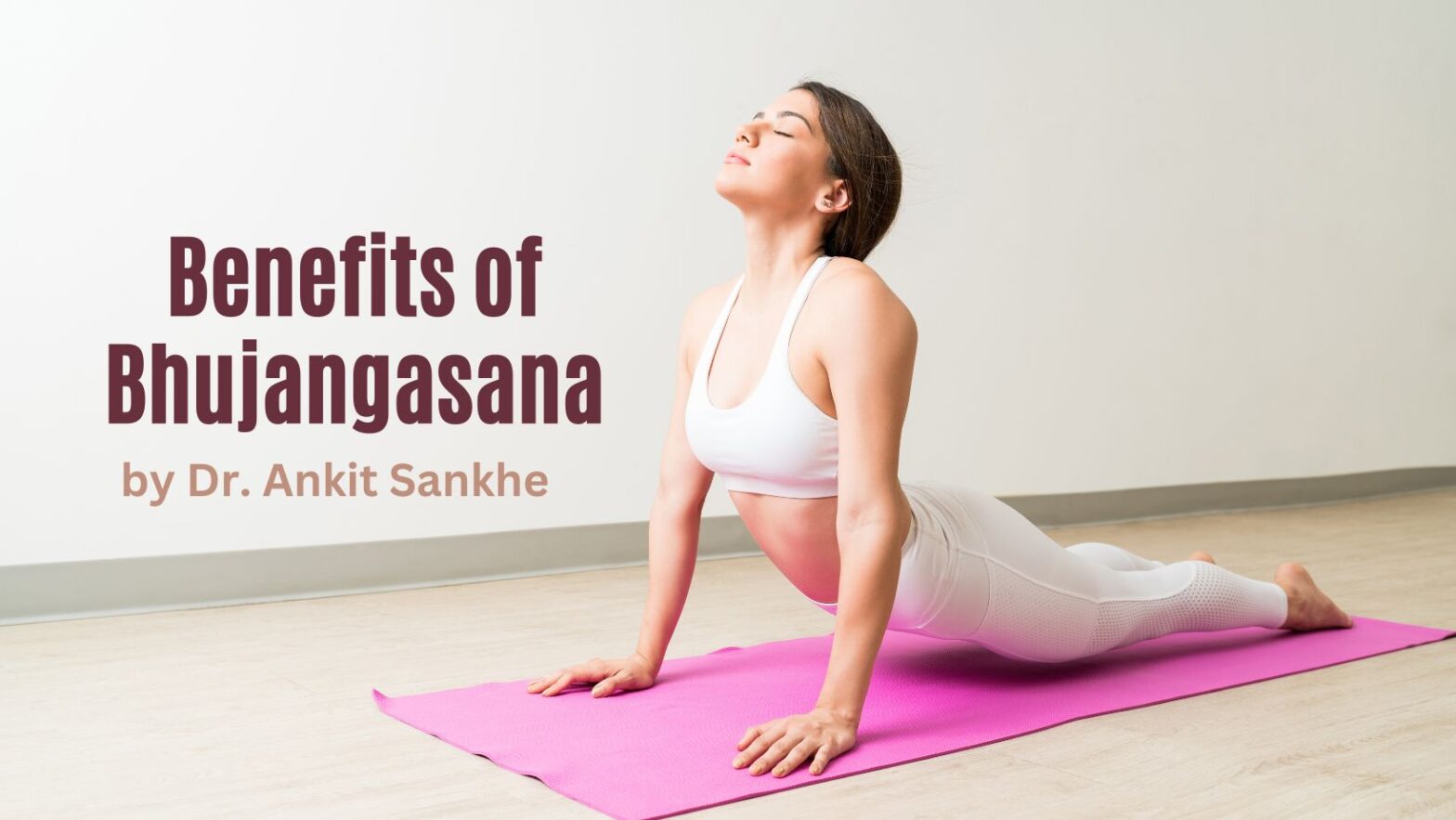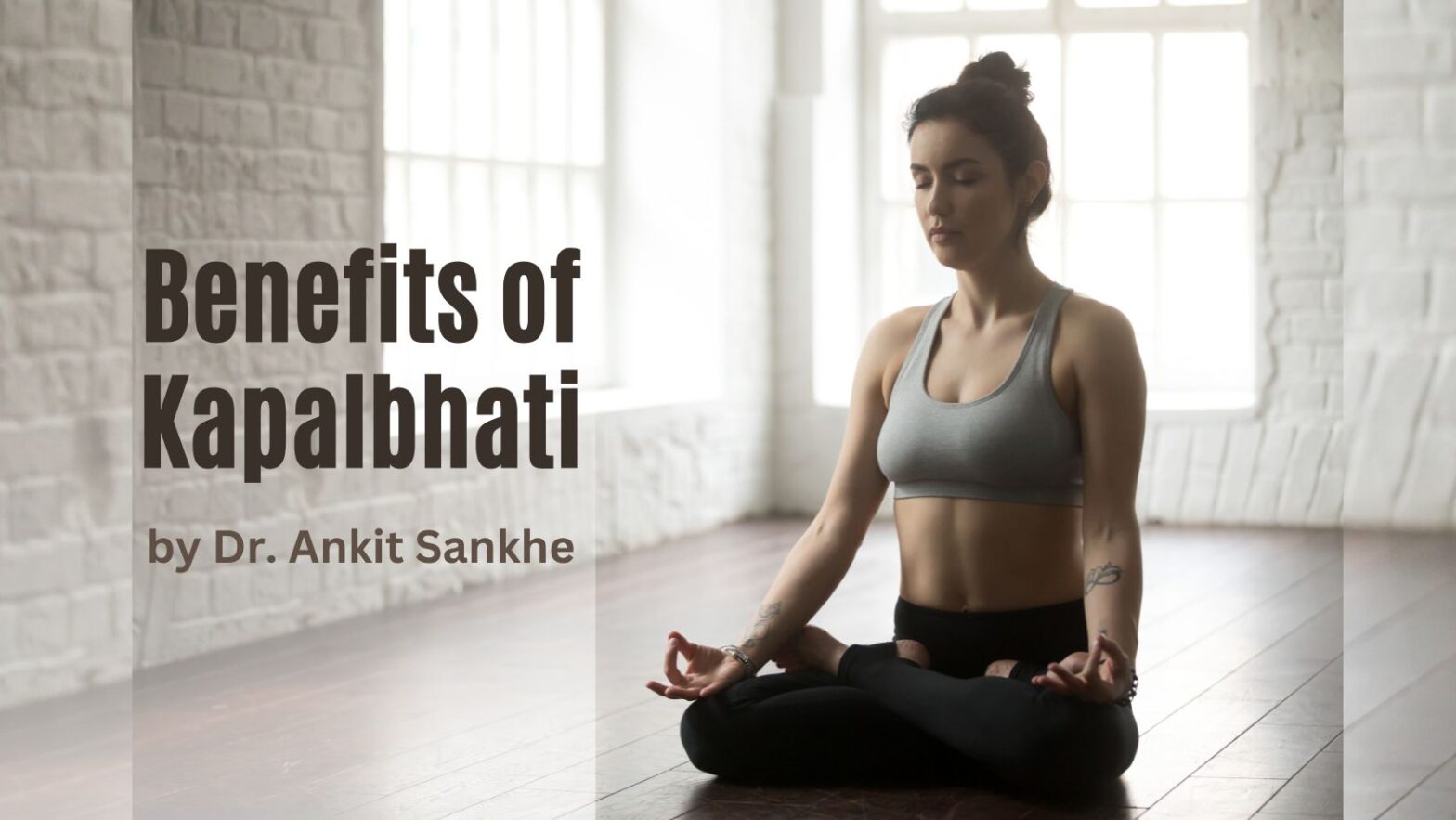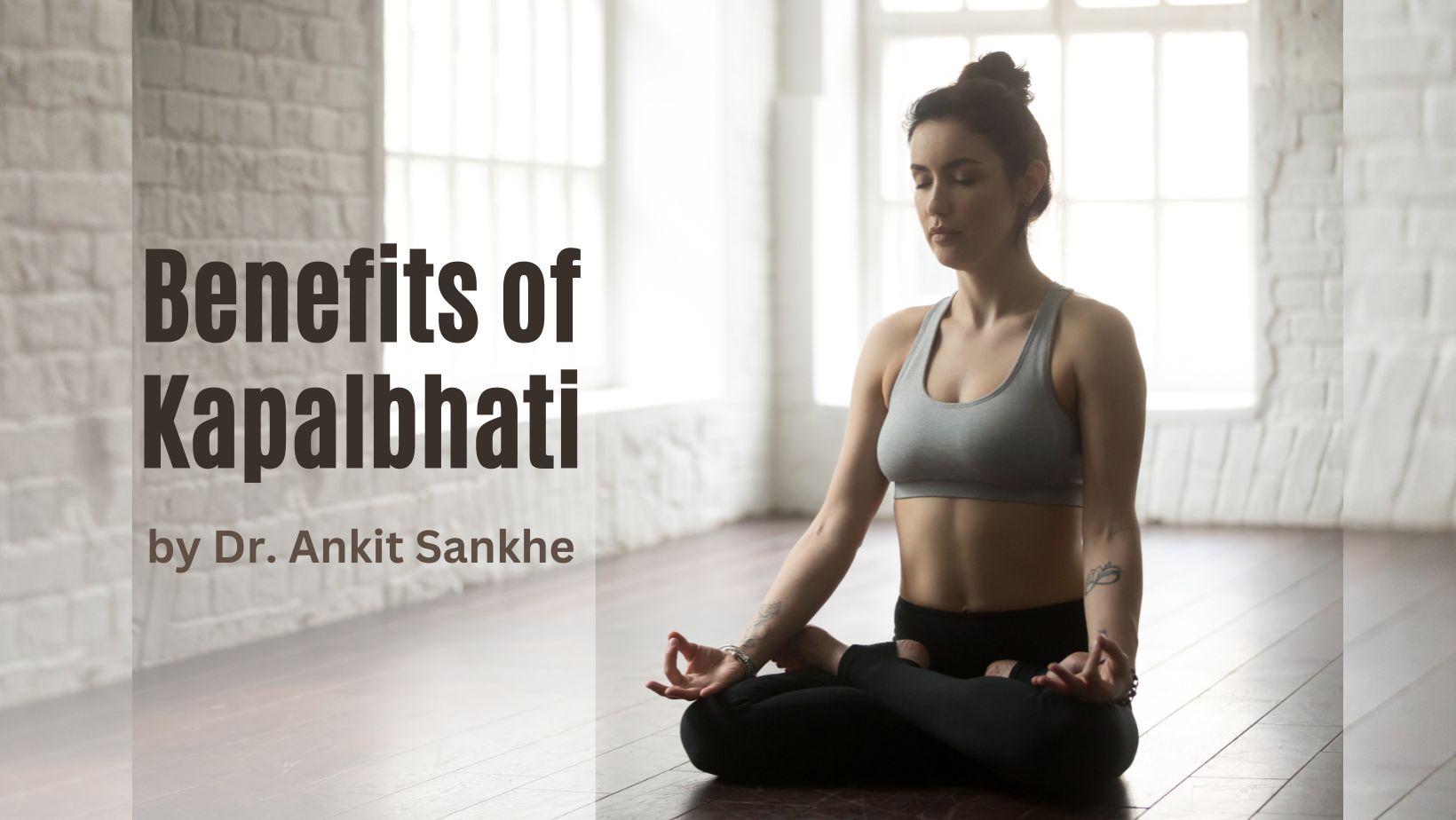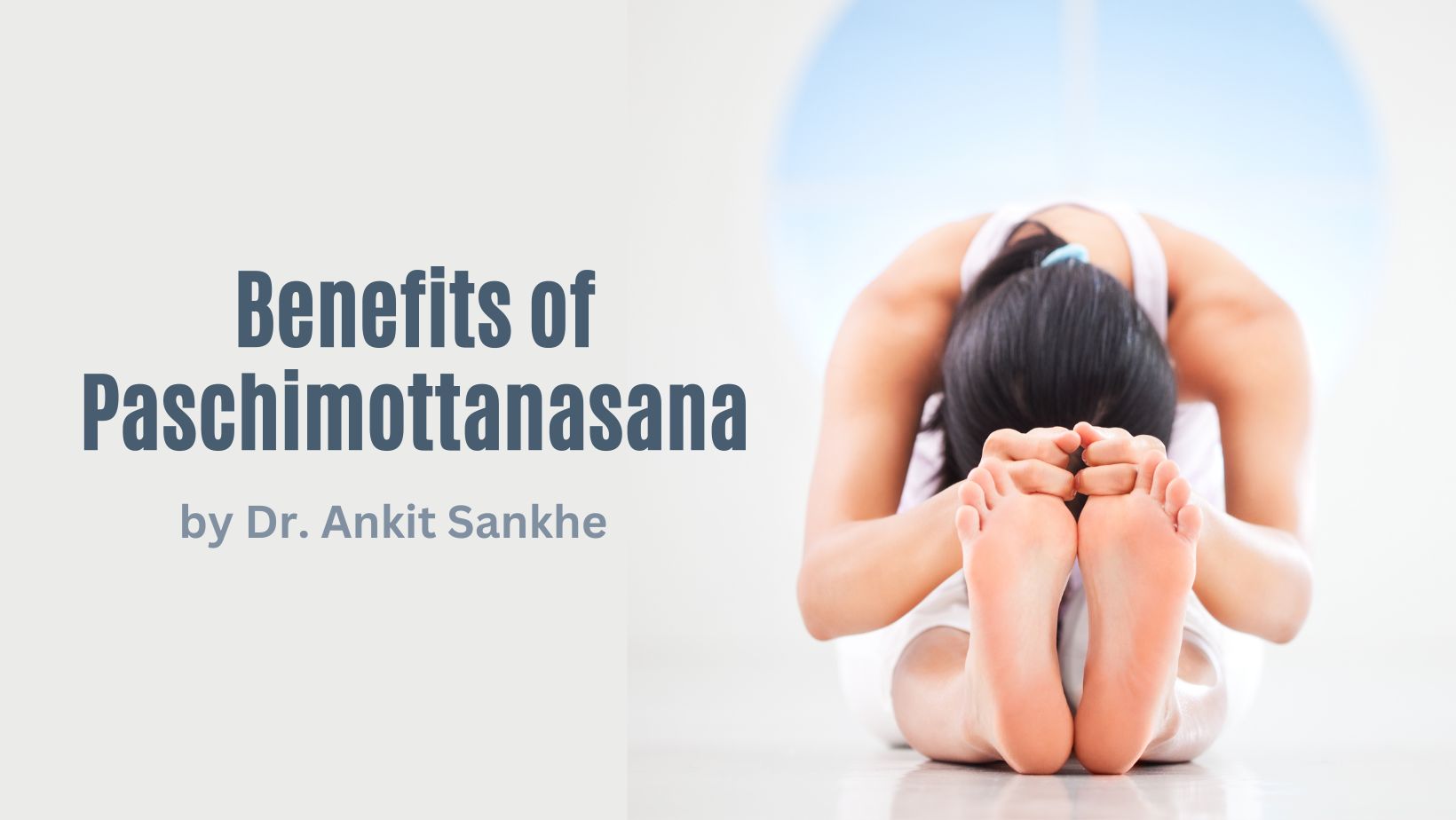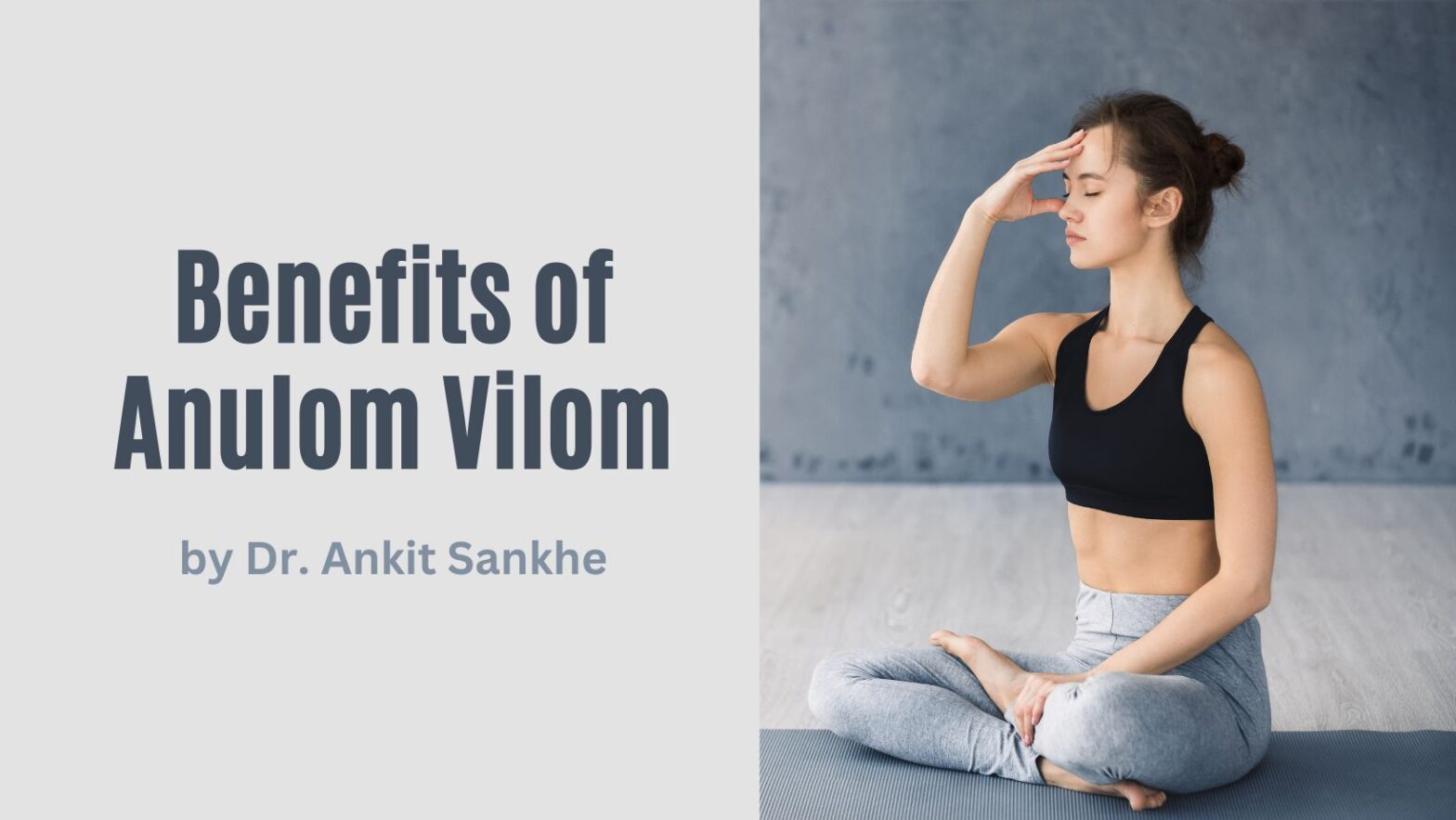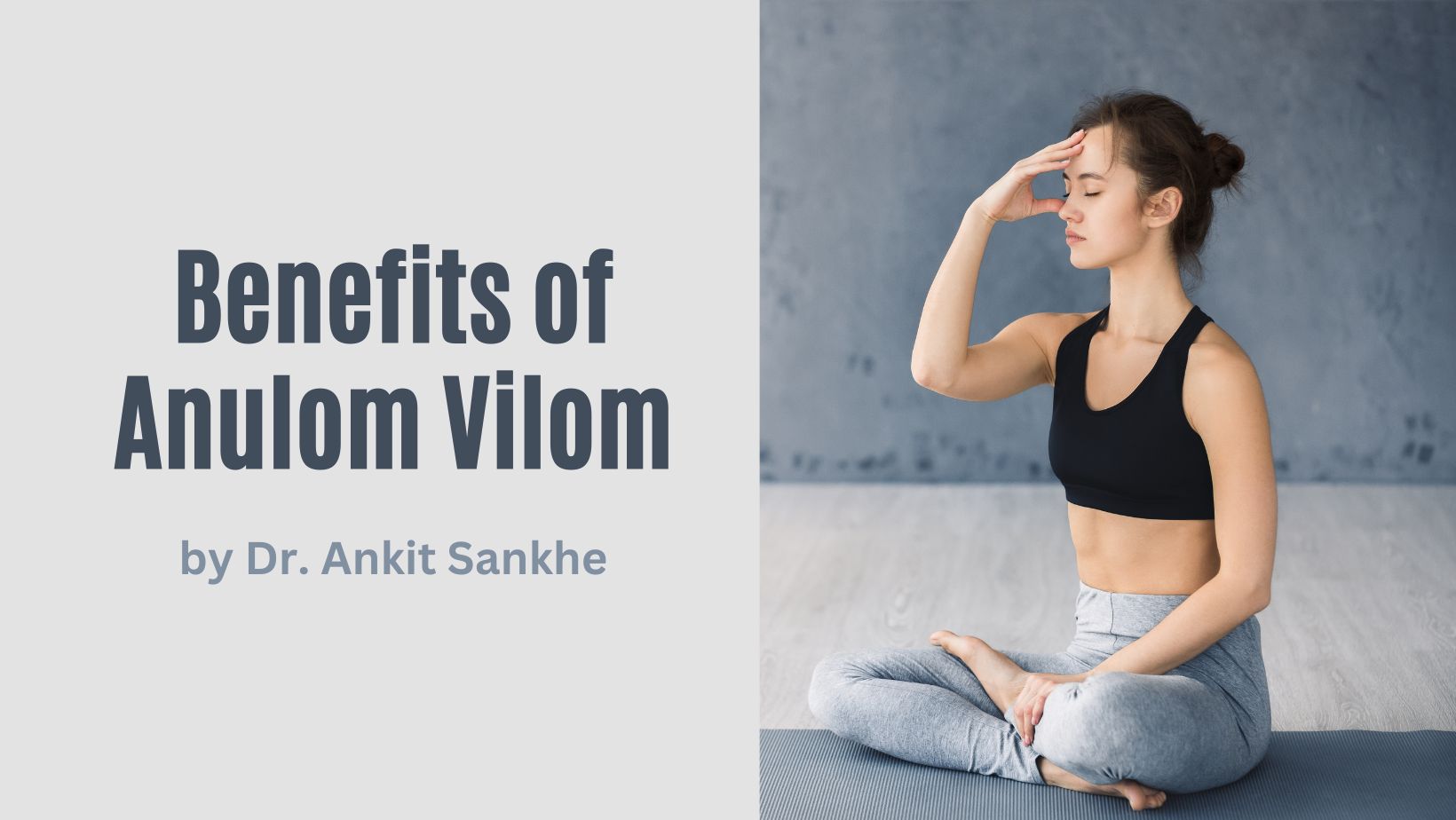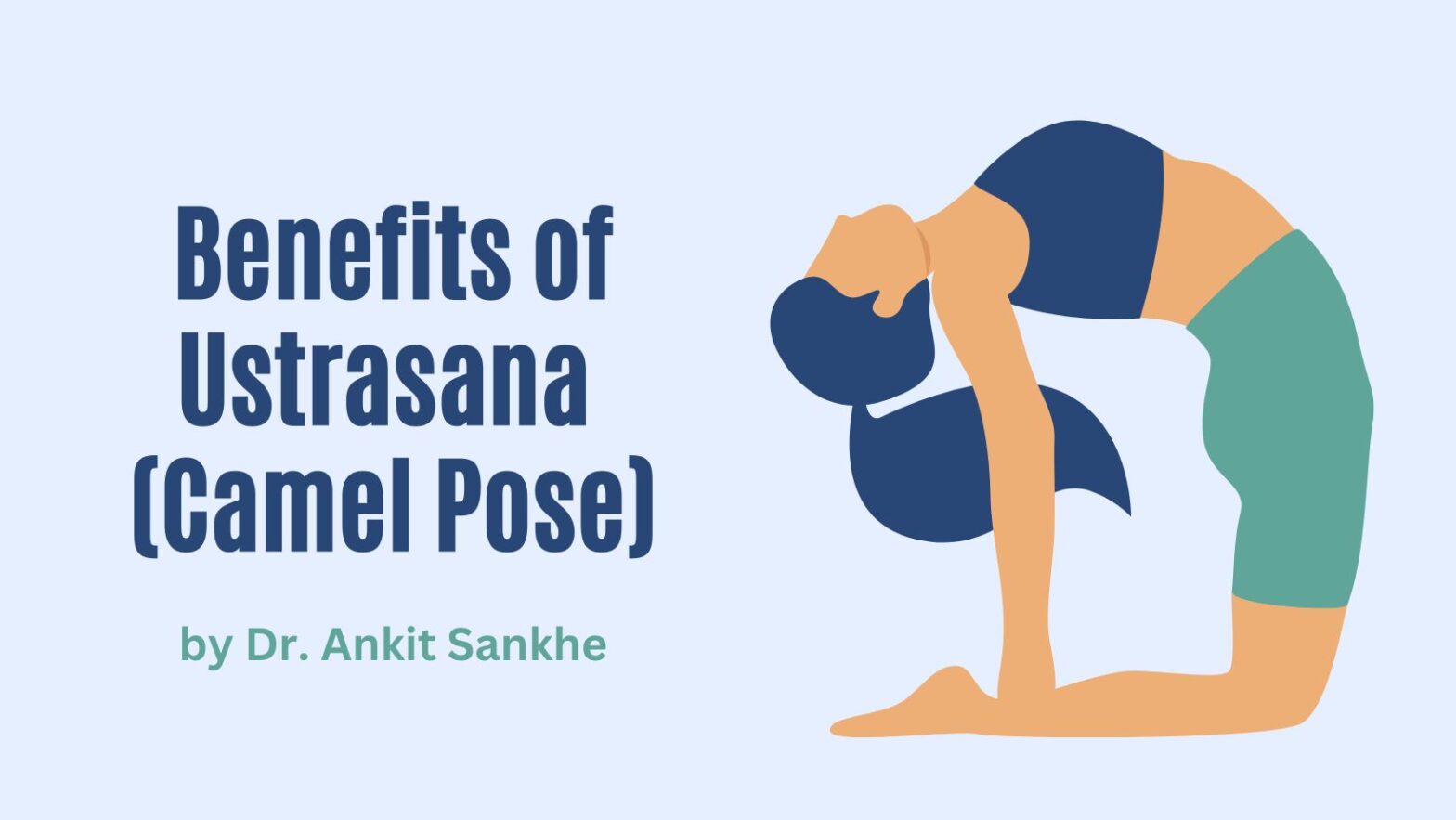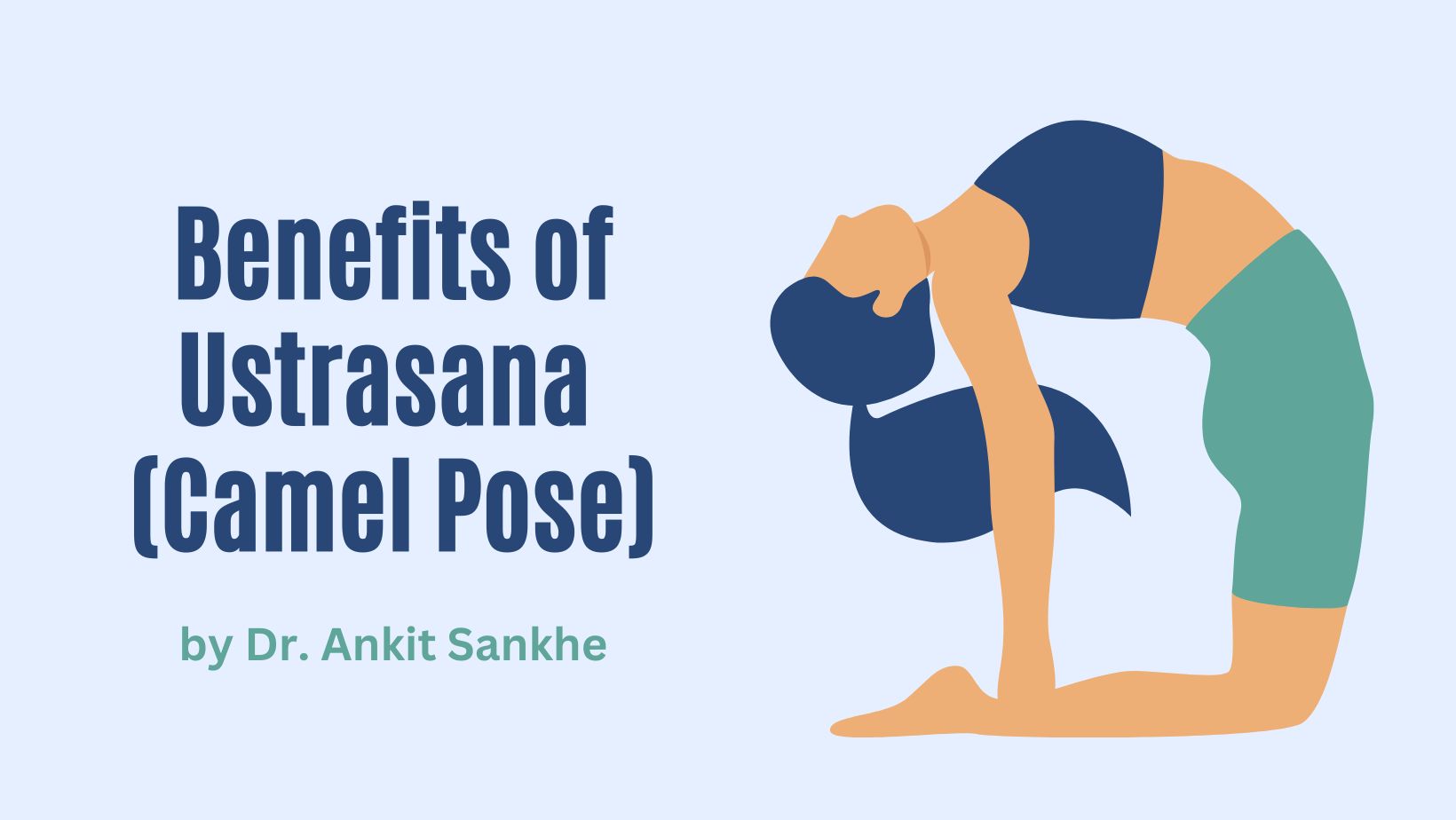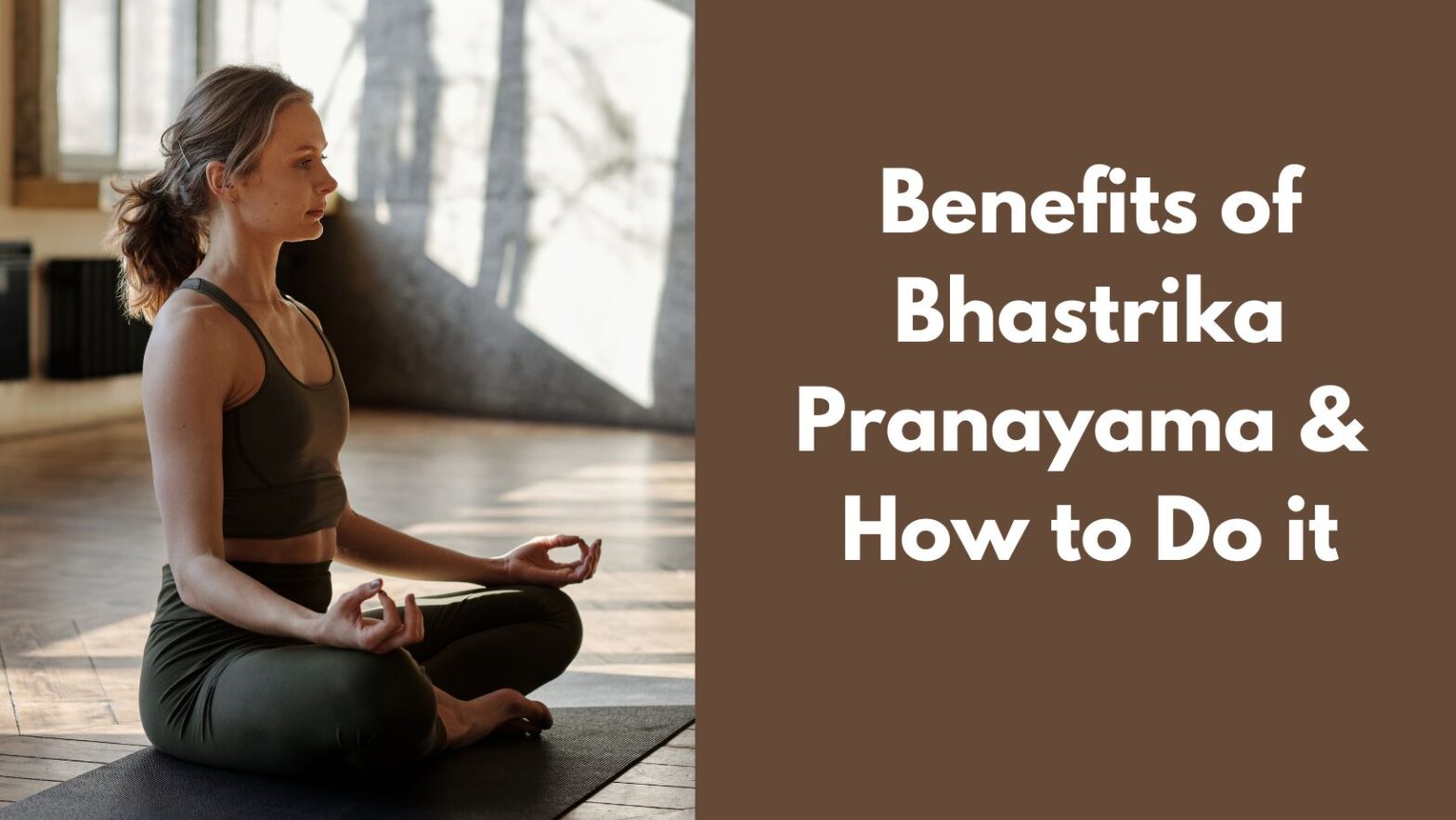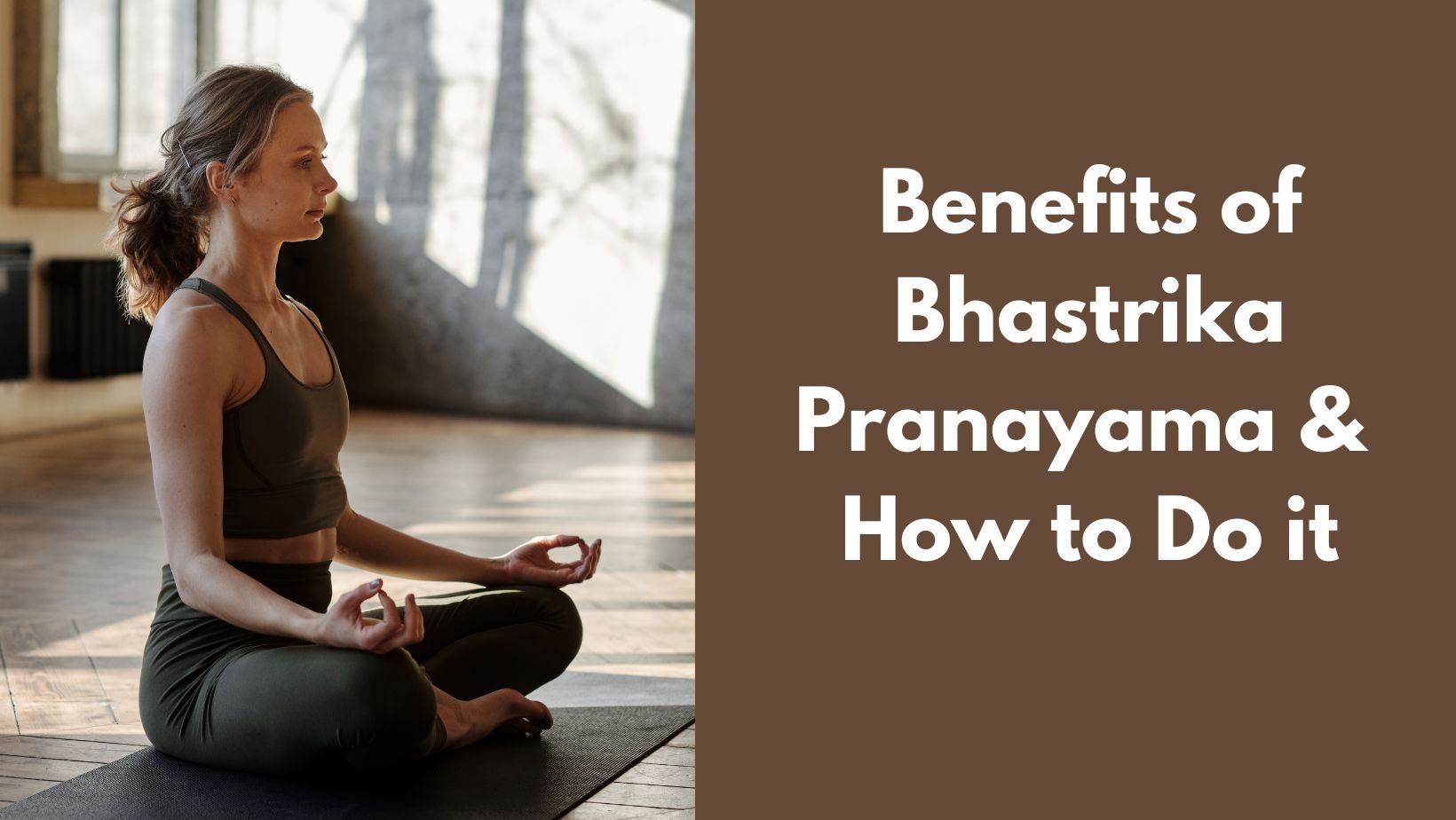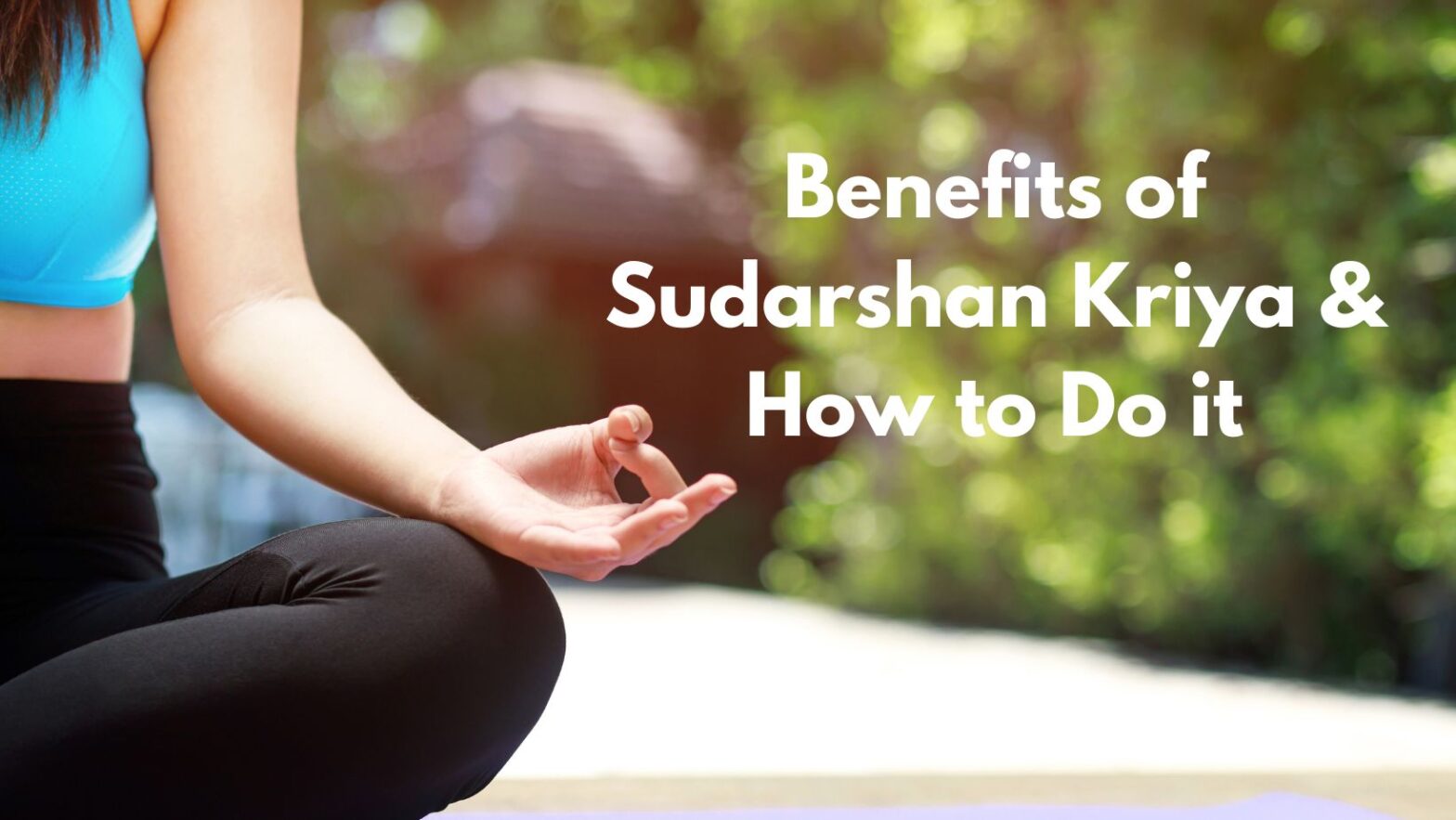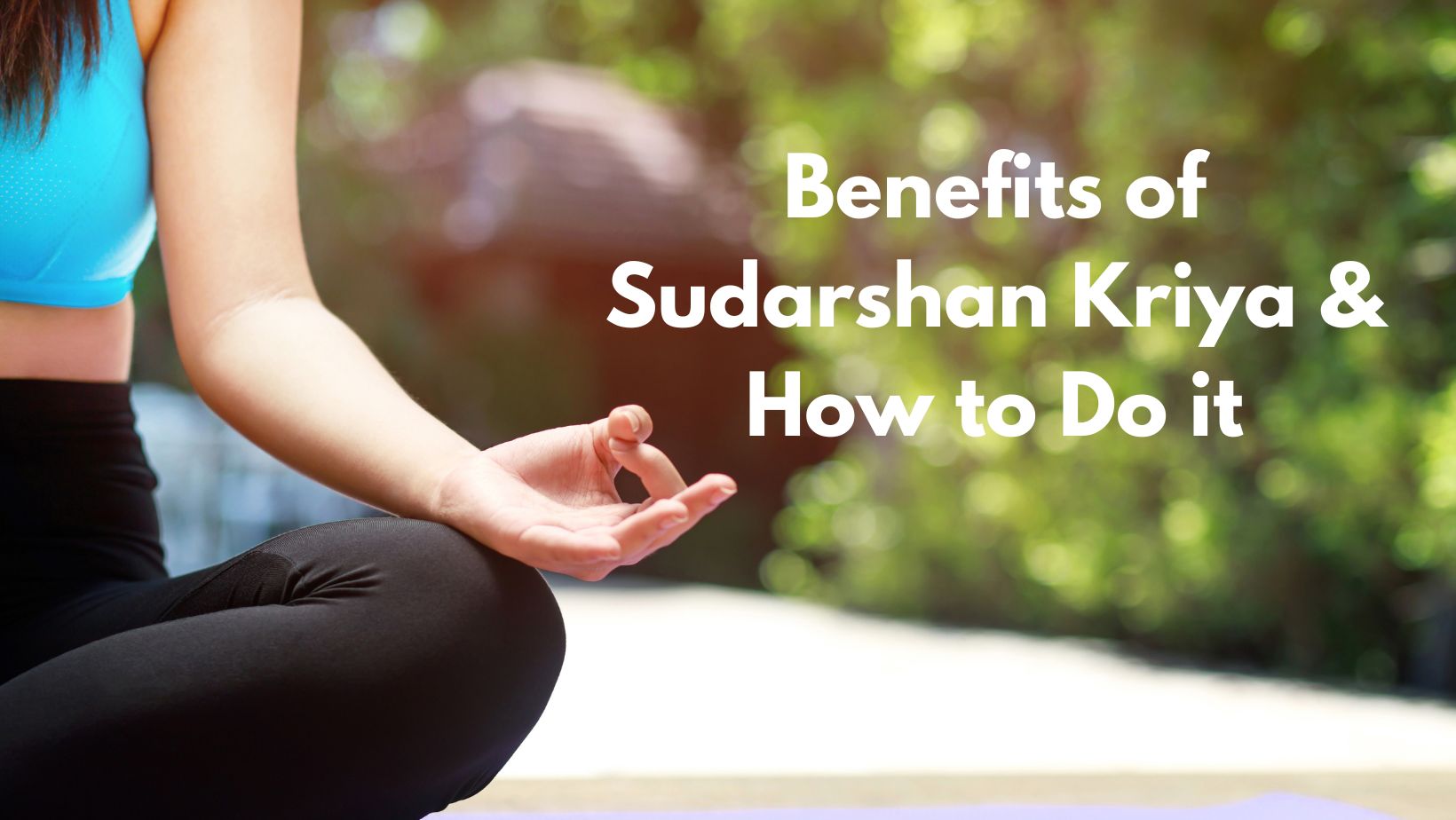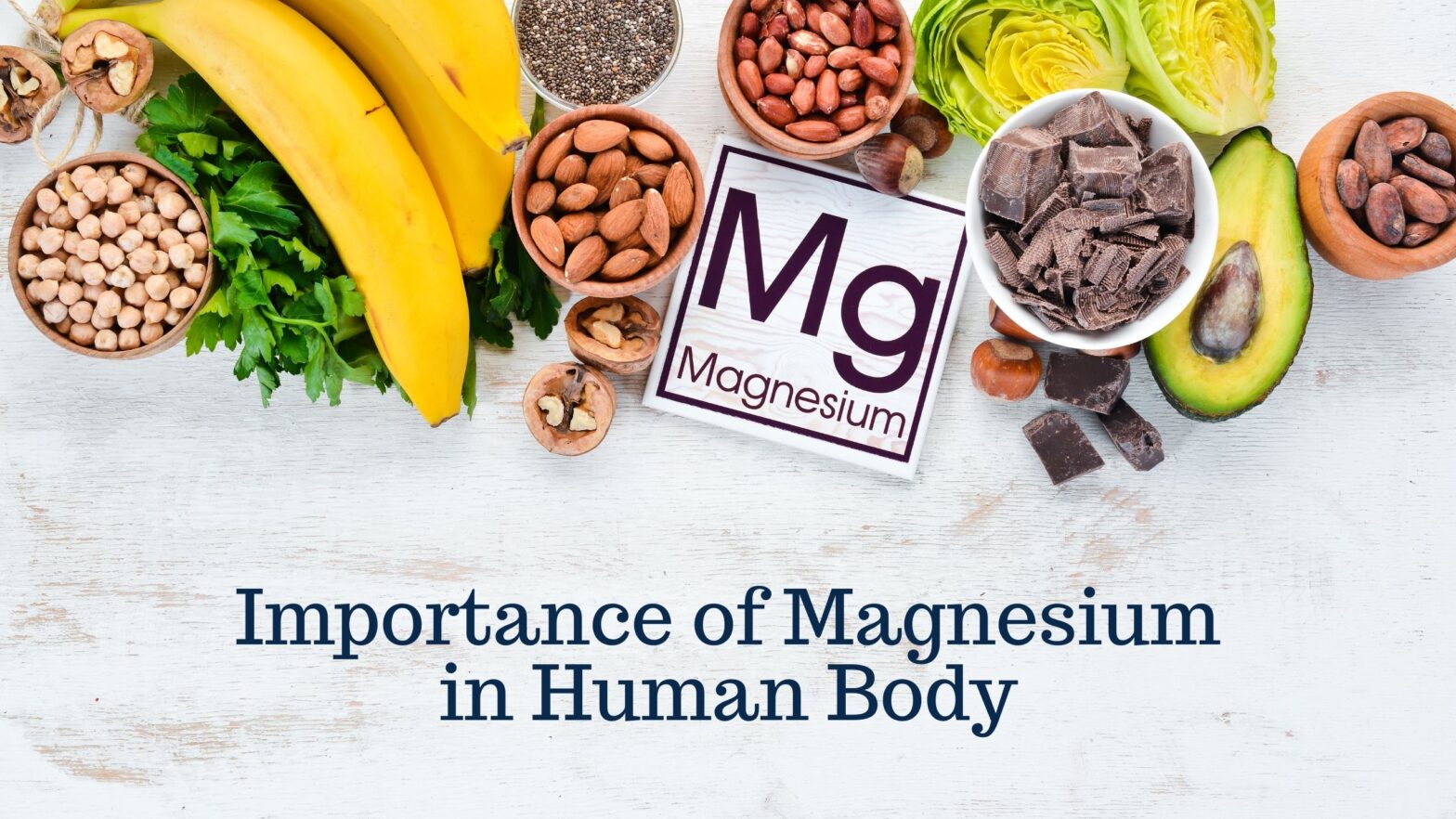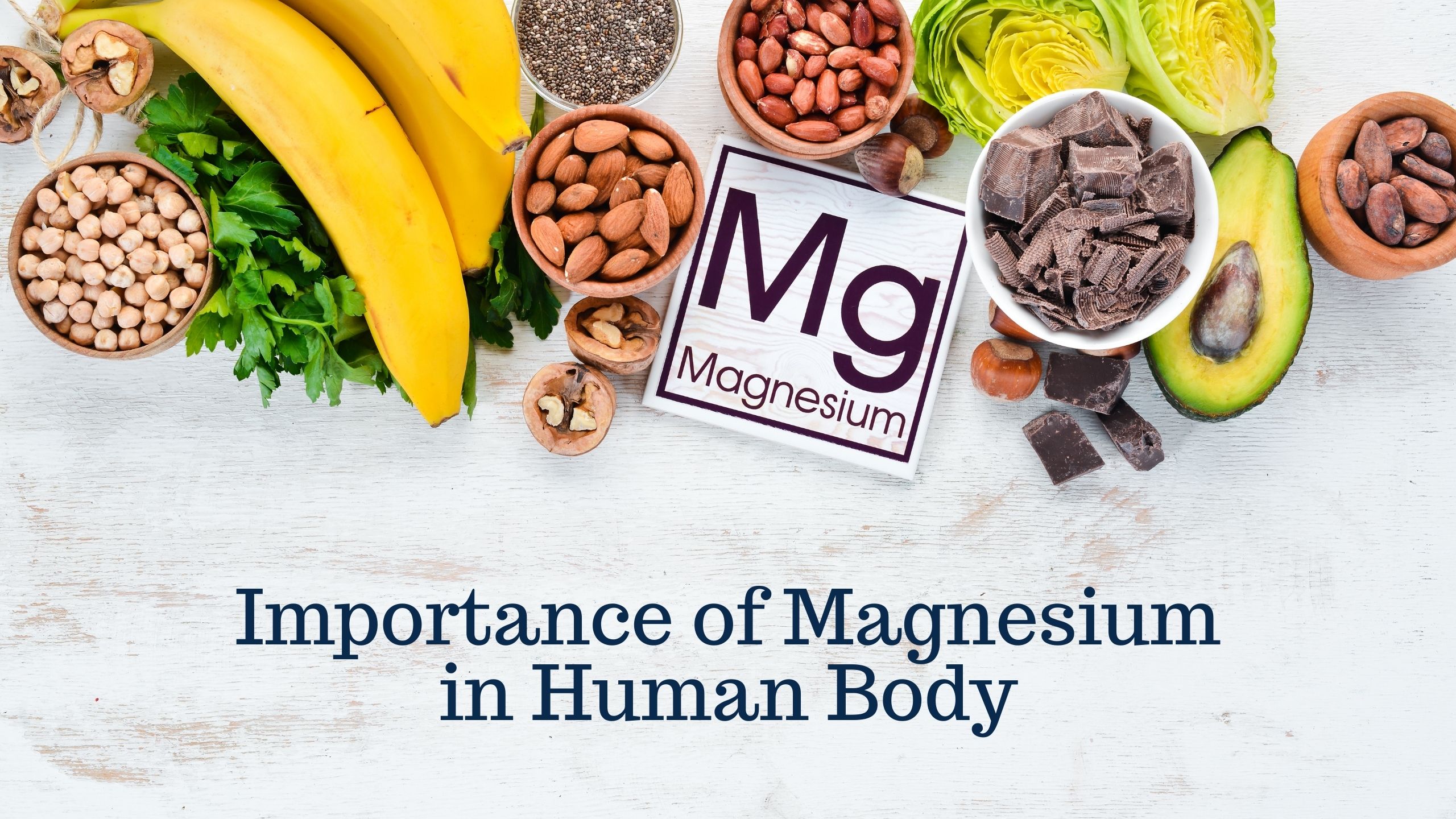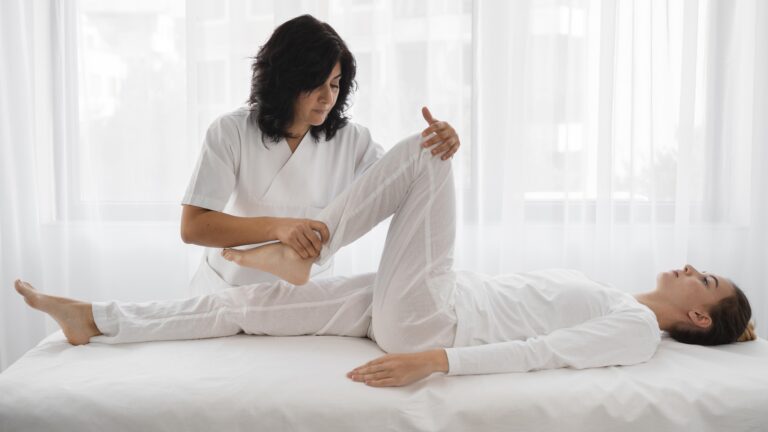Home » Blogs
Benefits of Bhujangasana and How to Do It By Dr. Ankit Sankhe

Introduction:
In our busy mechanical lives, exercise often takes a back seat. We often feel lazy and lethargic at the end of the day, skipping necessary physical exercise. As a result, we tend to fall prey to infections and other illnesses. Various texts state the prime goal of Ayurveda and yoga to be “Swasthasya Swastya Rakshanam, Aturasya Vikara Prashamanam”, which means ‘increasing good health and treating disease’. Many young and old people have found themselves opting for yoga with this very goal in mind. Yoga offers spiritual and moral growth and helps to manage many health issues. Yoga and asana positively impact our physiology and anatomy.
What is Bhujangasana?
Bhujangasana, or the snake pose is one of the popular yoga asanas. 1
Bhujangasana has been particularly important in the Hatha Yoga stream as it helps all the body systems from a health perspective. Bhujangasana, the name is derived from the Sanskrit word ‘Bhujanga’, which means ‘snake’ or ‘serpent’ and ‘Asana’ meaning ‘posture’. Thus, it is referred to as cobra pose, as it appears like the posture of a cobra with its hood raised. 1
Bhujangasana may help to tone the abdomen and strengthen the spine and most importantly, it also helps to improve blood circulation. Bhujangasana is a complete asana that strengthens both the spiritual and physical health. It may have a beneficial effect on your back and improve digestion at the same time. It is also considered one of the best asanas to achieve a flat stomach.1
Bhujangasana has four variations:
- Half cobra pose (Ardha Bhujangasana) is popularly known as the sphinx pose since the final posture resembles the Egyptian sphinx. This gives the body flexibility and may benefit those with stiff backs.
- Cobra pose with raising palm is a great exercise for the gluteus muscles or buttocks. It may also be practised to reduce fat from the waistline.
- Cobra pose (Saral Hasta Bhujangasana), also identified as the advanced form of Bhujangasana, is the classic pose in which we raise the head similar to the hood of a cobra while supporting the upper body with extended arms.
- Curved hands cobra pose (Vakra Hasta Bhujangasana) may help to improve the productivity of the digestive system.1
How to do it?
We must follow proper techniques to perform the cobra pose to obtain maximum health benefits. It is essential to maintain firm legs and refrain from putting any strain or load on the lumbar region of the spine i.e. the lower back area. The steps to do the cobra pose are as follows:1,2
- While lying down flat on your stomach, keep your hands by the sides of the thighs, legs together, toes pointing outwards, palm facing upward while your forehead may be resting on the ground.
- Now, slowly bend your hands at the elbows, then place your palms on the ground to the sides of the shoulder; thumbs should be placed beneath the armpit.
- Next, bring your chin forward, position it on the ground, and gaze straight ahead.
- Now, slowly raise the head, neck and shoulders and raise the trunk up to the level of the navel. Try to raise the chin as high as possible, as your back arches.
- You need to maintain this posture for as long as you can comfortably do it.
- Then slowly lower yourself back down to the ground, beginning from the upper part of the navel region, chest, shoulder and chin; and finally place the forehead on the floor.
- The last step includes relaxation. You should place the arms and hands by the sides of the thighs and relax. 3
Do You Know?
Yoga is one of India’s oldest ideal devotional controls with scientific and logical explanations.1 However, there are some interesting stories and trivia facts about bhujangasana which make for an enjoyable read, such as:
- Gheraṇḍasaṃhita is a classic text of hatha yoga. It states, “By practising (this) bhujangasana kuṇḍalini is aroused, the heat of the body increases and all diseases are destroyed”.
- Amongst 8,400,000 total postures mentioned by Śiva, bhujaṅgāsana is considered to be one of the selected 32 postures, according to Gheraṇḍasaṃhita.4
Benefits of Bhujangasana:
Bhujangasana is said to be a wholesome asana with several benefits that may help to manage health and enhance your spiritual level. Some of the potential benefits of bhugangasana are:
1. Benefits of Bhujangasana for Belly Fat:
A big tummy is no one’s favourite and may cost you your self-esteem. Bhujangasana is believed to be amongst the best asanas that may help to achieve a washboard abdomen worth envying. The benefits of this asana may uplift physical appearance and beauty as stretching the abdominal muscles may have some effect on flattening the abdomen area. 1
2. Benefits of Bhujangasana for Blood Circulation:
The key is to have good blood circulation to stay energised and active. Bhujangasana mainly may improve blood circulation. Good blood circulation helps the cells to receive sufficient oxygen and nutrients. Moreover, improved blood circulation might also improve hormonal balance.1
3. Benefits of Bhujangasana for Managing Stress:
If you suffer from depression or anxiety, this may be great news! Practising Bhujangasana may help you overcome the effects of stress. In studies, it has been found to be helpful in combatting the symptoms of stress like headaches, fatigue and weakness. It may also have some effect on managing depression. However, it is better to take expert advice if you have conditions like insomnia or migraine.1
4. Benefits of Bhujangasana for the Spine:
Bhujangasana may be helpful to give your back a reasonable extension. Thus, it might help strengthen your spine. The mechanism and steps involved in this asana are designed to stretch your lower and upper back. However, for people with chronic back pain, it is better to consult a doctor before trying bhujangasana. 1
5. Other benefits of Bhujangasana:
- It may help to stretch muscles in the chest, shoulders and abdominal area
- It may help to soothe sciatica
- It may help to enhance flexibility
- It may rejuvenate the heart
- It may elevate the mood
- It may decrease the stiffness of the lower back
- It may strengthen the shoulders and arms
- It opens the chest and may help to clear the passages of the lungs
- It may help to improve digestion
- It may stimulate organs in the abdomen, like the kidneys
- It may have some beneficial effect on the symptoms of asthma 1
Yoga practice may help develop the mind and body; however, it is still not an alternative to modern medicine. You must not rely on yoga alone to treat any condition. Please consult a qualified doctor who will be able to assess your condition correctly and advise accordingly. Moreover, it is necessary to practice and learn yoga under the supervision of a trained yoga teacher to avoid any injuries.
Risks of Exercise
Some contraindications related to Bhujangasana are:
- People who have had recent abdominal surgery must avoid this yoga pose until the doctor advises.
- Patients suffering from ulcers or hernia should not practice this asana.2
- Those having neck problems such as spondylitis must avoid this yoga pose.
- People with severe spine-related back problems should avoid this asana.
- Due to the pressure, it creates on the lower abdomen and the possibility of injury, pregnant women should avoid this yoga pose.
- People with severe asthma should improve breathing by practising Pranayama before attempting Cobra Pose. 1
With the guidance of a qualified and experienced yoga teacher/yoga expert, we can access and analyse the risk factors and continue to practice bhujangasana with precautions.
Conclusion
Bhujangasana or cobra pose is a complete asana that helps one heal their body and spirituality. It has several benefits for the back, gluteus, body fat and blood circulation. While practising this pose, it is essential to maintain firm legs and refrain from putting any strain or load on the lumbar spine. One must practice this pose regularly with appropriate precautions and possibly under a trained yoga teacher to avoid any issues.
Frequently Asked Questions
1) What is Bhujangasana (Cobra Pose)?
The name Bhujangasana is derived from the Sanskrit word ‘Bhujanga’, which means ‘snake’ or ‘serpent’, and ‘Asana’ means ‘posture’. It resembles the posture of a cobra that has its hood raised. It is a complete asana which may help both physical and mental health. 1
2) What are the steps of Bhujangasana?
Bhujangasana steps are: Lie down on your stomach while palms are placed near the shoulders. While breathing in, slowly raise your head, chest, and abdomen. Go one vertebra at a time. Your arms should be bent at the elbows. Now slowly arch your neck and look upward—Press your navel and toes toward the floor. Hold the pose till comfortable. Breathe out and lower your abdomen, chest, and head. Repeat as guided by the trainer. 3
3) How many times should one do Bhujangasana?
You must practice bhujangasana under the guidance of a trained and experienced yoga teacher and follow his advice for the same number of repetitions and duration.
4) Is Bhujangasana suitable for belly fat?
Bhujangasana is believed to be good for a flat stomach. It stretches the abdominal muscles; thus, it may help flattening of the abdomen area. 1
5) What effect does bhujangasana have on blood circulation?
Bhujangasana improves blood circulation, and it may thus help cells of your body to receive sufficient oxygen and nutrients. Furthermore, improved blood circulation might support maintaining hormonal balance.1
References:
- Gangwal J, Kholiya S, Bhatnagar V, Lahange S.M. Importance of Bhujangasana in Daily Life. Int J Trend Sci Res Dev [Internet]. 2019; 4(1):646–51. Available from: https://www.ijtsrd.com/papers/ijtsrd29662.pdf%0Ahttps://www.ijtsrd.com/medicine/ayurvedic/29662/importance-of-bhujangasana-in-daily-life/dr-jyoti-gangwal
- 21 June INTERNATIONAL DAY OF YOGA INTERNATIONAL DAY OF YOGA Common Yoga Protocol, Ministry of Ayurveda, Yoga & Naturopathy, Unani, Siddha and Homoeopathy (AYUSH) [Internet] 4th Revised Edition, May 2019. [Cited: 2022 Aug 17] Available from: http://mea.gov.in/images/pdf/common-yoga-protocol-english.pdf
- International Day of Yoga, Yoga Postures. Ministry of External Affairs GOI. [Internet] Last updated: 15 March, 2016. [Cited: 2022 Aug 17] Available from: https://mea.gov.in/yoga-postures-16.htm
- Bhujangasana, Bhujanga-asana, Bhujaṅgāsana: 2 definitions, Wisdom library. [Internet] Last updated: 22 November, 2018. [Cited: 2022 Aug 17] Available from: https://www.wisdomlib.org/definition/bhujangasana
